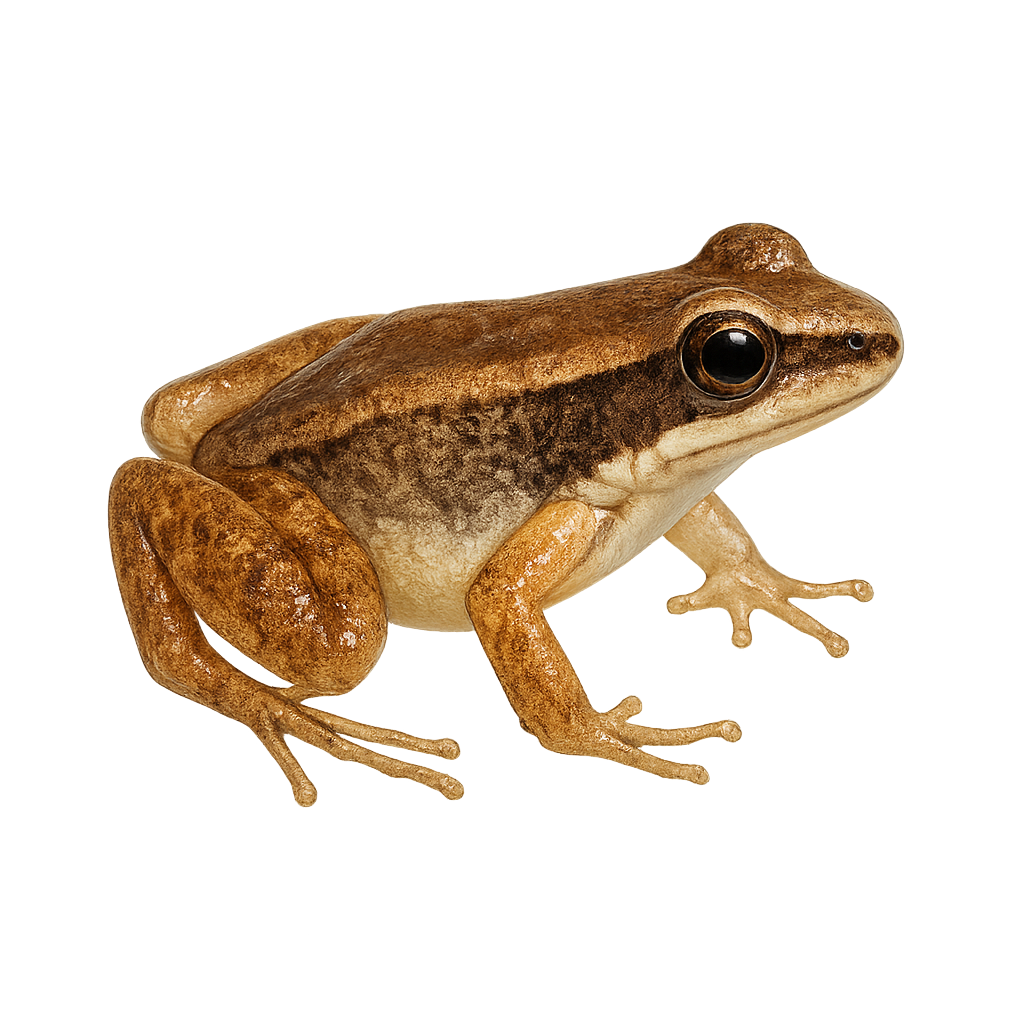Your wildlife photography guide.
Explore the palm rocket frog in detail, study its behavior, prepare your shots.
Where to observe and photograph the palm rocket frog in the wild
Learn where and when to spot the palm rocket frog in the wild, how to identify the species based on distinctive features, and what natural environments it inhabits. The WildlifePhotographer app offers tailored photography tips that reflect the palm rocket frog’s behavior, helping you capture better wildlife images. Explore the full species profile for key information including description, habitat, active periods, and approach techniques.
Palm rocket frog
Scientific name: Colostethus palmatus

IUCN Status: Least Concern
Family: DENDROBATIDAE
Group: Amphibians
Sensitivity to human approach: Suspicious
Minimum approach distance: 2 m
Reproduction period: March to April
Incubation: 10–14 jours
Births: April to May
Habitat:
Tropical rainforests, streams, undergrowth
Activity period :
Primarily active during the day, with peak activity in the morning and late afternoon.
Identification and description:
The Palm rocket frog is a small, colorful frog native to the humid tropical forests of South America, particularly in Colombia and Ecuador. It is characterized by its smooth skin and vibrant color patterns, ranging from brown to green with black spots. This species is primarily terrestrial, although it is often found near water bodies where it breeds. Males are known for their distinctive calls, which play a crucial role in attracting females. The Palmate Rocket Frog is diurnal, meaning it is active during the day. It primarily feeds on small insects and other invertebrates. Although its population is stable, it is threatened by deforestation and habitat loss.
Recommended lens:
Macro – adjust based on distance, desired framing (portrait or habitat), and approach conditions.
Photography tips:
To photograph the Palm rocket frog, it is advisable to use a macro lens to capture the details of its colorful skin. Approach slowly and carefully to avoid startling it, as it is suspicious. Look for it near streams in tropical rainforests, where it is most active during the day. Natural daylight will highlight its vibrant colors. Be patient and wait for it to settle on a leaf or branch to get a sharp and detailed shot.
The WildlifePhotographer App is coming soon!
Be the first to explore the best nature spots, track rutting seasons, log your observations, and observe more wildlife.
Already 1 430 wildlife lovers subscribed worldwide

